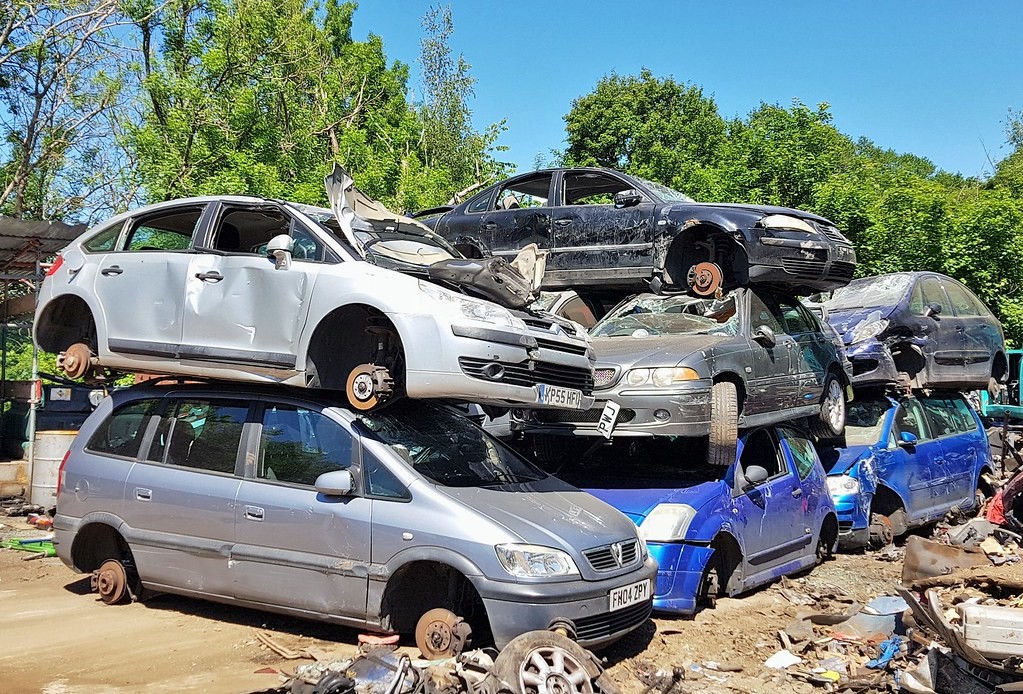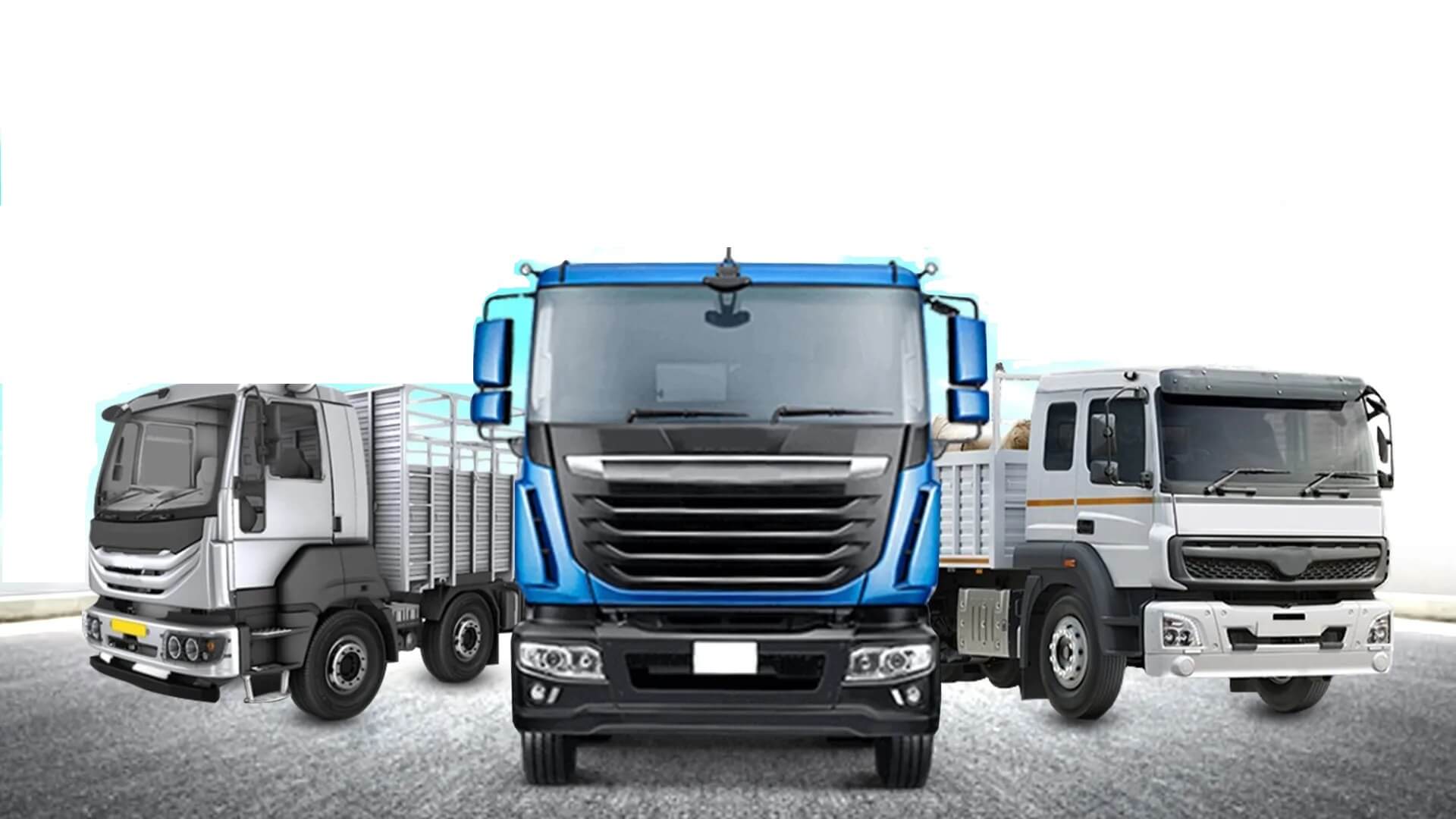The journey of a car does not end when it is parked for the last time or reaches a point where it can no longer run. Instead, it moves through another important phase—recycling at a scrap yard. Scrap yards provide a systematic approach to handling end-of-life vehicles, ensuring they are processed in an environmentally responsible manner. Here, we explore each stage a car goes through in the scrap yard, from arrival to complete recycling.
Introduction to Car Recycling
When a vehicle reaches the end of its operational life, it still has value. Although it may no longer serve on the road, its parts, metals, and other materials can be repurposed. This process not only helps in minimizing waste but also in supporting industries by providing recycled materials. By understanding each phase of a car’s journey through a scrap yard, we can appreciate the complex steps involved in sustainable vehicle recycling. Cash for Cars Canberra
1. Arrival and Documentation
The first step in the car’s journey is its arrival at the scrap yard. When a vehicle arrives, its details are carefully documented. Information such as the make, model, year, and vehicle identification number (VIN) is recorded. Documentation is crucial for a few reasons:
- Identification: Ensures that the vehicle is legal and avoids any unintentional processing of stolen vehicles.
- Ownership Transfer: The vehicle owner typically signs over ownership to the scrap yard, making the transaction official.
- Tracking: This step provides transparency, ensuring that each part of the process is properly accounted for.
After documentation, the vehicle is ready for a series of inspections and preparations for dismantling.
2. Hazardous Fluid Removal
Before any part of the car can be dismantled, it undergoes a de-pollution process. Vehicles contain various hazardous fluids that must be removed and disposed of safely to avoid environmental damage. Some of these fluids include:
- Engine oil: Used oil can contaminate water and soil if not disposed of correctly.
- Coolant: Contains chemicals that can harm both animals and plants.
- Brake fluid and transmission fluid: These fluids need to be stored in specialized containers and disposed of in a controlled manner.
- Refrigerants: Air conditioning refrigerants can contribute to ozone depletion if released improperly.
Trained personnel handle this step with care, ensuring that all fluids are safely extracted and managed according to environmental guidelines.
3. Removal of Reusable and Recyclable Parts
With fluids removed, the car moves to the next phase—part dismantling. Many vehicle parts still have life left in them and can be reused in other vehicles or sold separately. The parts are carefully removed, inspected, and sorted for potential resale. Parts commonly removed and resold include:
- Engines and transmissions: These can be refurbished and used in other vehicles.
- Starters and alternators: Often resold to mechanics and car owners looking for affordable replacements.
- Mirrors, seats, and windows: Frequently sought after for repairs in similar models.
- Electronics and lights: These components retain functionality and are reusable.
Each part undergoes a quality check to ensure it can be reused. Reusable parts are either stored for resale or sent to other companies specializing in refurbished automotive components.
4. Body Shell Crushing and Metal Processing
Once all reusable parts are removed, only the metal frame or body shell remains. This large piece of metal goes through the next stage of recycling—crushing. The crushing process compacts the body, making it easier to transport. After crushing, the metal can be sent to a recycling facility where it will be melted down and repurposed for other industries.
Types of Metals Recycled:
- Steel: Commonly used in car frames and highly recyclable.
- Aluminum: Used in some car parts and wheels; also recyclable.
- Copper: Found in wiring and certain engine parts; valued for its versatility in various industries.
5. Shredding and Separation
At this point, the car’s metal frame is sent to a shredder, a machine that breaks down the body into small pieces. The shredding process separates metals into different types, such as ferrous (iron-based) and non-ferrous (non-iron) metals. A magnet often helps in pulling out ferrous metals, allowing non-ferrous metals to be processed separately. This separation is essential, as different types of metals have distinct uses in manufacturing.
6. Recycling and Repurposing
After shredding and sorting, the metals are ready for the final recycling stage. They are melted down, purified, and formed into new materials. These recycled metals go on to play vital roles in various industries, including:
- Automotive Manufacturing: Recycled steel and aluminum are often used in producing new vehicles.
- Construction: Metal beams, rebar, and other construction materials are frequently made from recycled metal.
- Consumer Goods: Products like appliances, cans, and electronics benefit from recycled metal components.
Environmental Benefits of Car Recycling
Recycling cars not only provides valuable materials for various industries but also helps protect the environment. Here are a few key environmental benefits:
- Reduces Waste: Car recycling helps keep waste out of landfills, conserving space and reducing pollution.
- Decreases Energy Use: Recycling metals consumes less energy compared to mining and refining new metals.
- Protects Natural Resources: By reusing materials, we reduce the need to extract raw resources, protecting forests, water bodies, and other ecosystems.
- Lowers Emissions: Recycling helps in cutting down greenhouse gas emissions by reducing the need for new material production. Free Car Removal Canberra
The Future of Car Recycling
The process of car recycling is constantly evolving. With advancements in technology, scrap yards are finding new ways to improve efficiency and recover more materials. Innovations in battery recycling, for example, have become increasingly important as electric vehicles grow in popularity. Additionally, the push towards sustainable practices in all industries is likely to drive further improvements in vehicle recycling processes.
Conclusion
A car’s life in a scrap yard is more than just a path to disposal; it is a journey of transformation and repurposing. Through various steps—from documentation to final recycling—a vehicle’s components are given a new lease on life, benefiting industries and the environment alike. The next time you see a car being hauled to a scrap yard, remember that it is entering a new phase that contributes to a cycle of resource conservation and sustainability.




